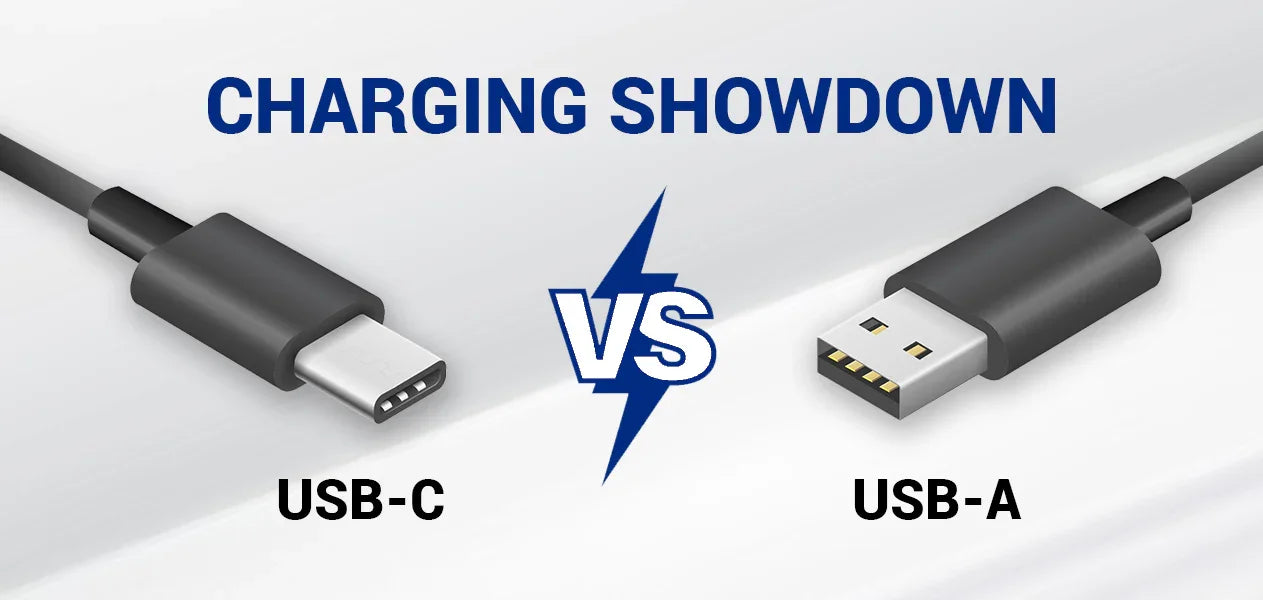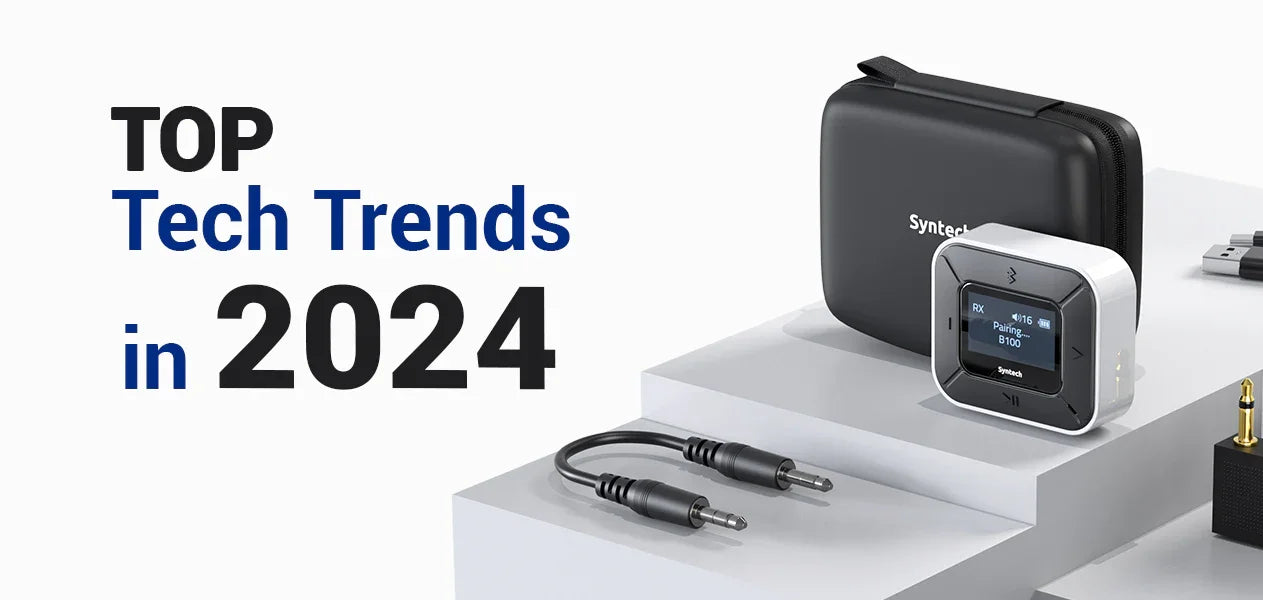
Can USB-C Truly Replace USB-A for Charging?
Understand the distinction between the two most popular USB types: Type A and Type C adapters that will allow you to use your devices to their full potential. In this blog, we will discuss how both, the type A and type C adapters are different from each other.
Can USB-C truly replace the USB-A adapters? By reading this blog, you will get the knowledge of basic principles and their physiology of action, and how will they adapt to the upcoming gadgets and accessories.
Understanding the Difference Between the Two Ports

The physical design of the USB port is referred to as a USB Type-A connection. A connecting cable and a receptor device are required. USB-A is a traditional USB host port design that is one of the most easily identified ports on devices. It's a horizontal port with a pin connector section at the bottom.
USB C is reversible, so it makes no difference which side you grab to plug in. The capacity of its bidirectional power flow enables the devices to reverse charge.. The USB C adapter is also adaptable on large power display devices for providing better audio-video transmission as well as data communication
4 Facts That Might Help USB-C Replace USB-A

1. Reverse Outflow of Power
The USB-C has a specific reversible design that stands significantly over the USB-A. Comparatively speaking, USB-A requires precise orientation and alignment during insertion, whereas USB-C is symmetrically built, negating the necessity for such a need. Due to alignment problems with USB-A, reverse design USB-C connectors reduce use and improve device usability.
2. Rate of Data Transfer
Comparing the USB-A vs USB-C, the key difference is the rate at which the data is being transferred to another device. Larger files, high-resolution pictures, audio, video and different software applications can easily be transmitted by using the type-C adapters. It can transfer up to 10Gbps to 40Gbps. While the USB-A can transfer with a maximum speed of 10Gbps.
3. Versatility and Adaptation
The USB-C connectors are small and have a reversible design engineering, whereas USB type B has a larger rectangular shape, which requires aligned connectors. USB-C Connectors are versatile; they support audio and video signal transduction. Type C USBs are adaptable modern gadgets; these can easily adapt to laptops, tablets, and different smartphones.
4. Charging and Dissipation Power
The charging power in the type C USB connectors is comparatively higher than other USB connectors. Type C connectors can deliver more power to the charging devices and support a wider range of devices, including laptops and smartphones. The charging speed or dissipation power of Type C chargers is higher due to which fast charging is possible.
Syntech Offers Best Type-C USB Connectors
1. USB-C to USB Adapter offers you the best compatibility between USB-A and USB-C devices. This facilitates communication between two different devices,
2. USB-C to HDMI Adapter offers a connection between the HDMI-equipped displays, allowing best video audio transmission.
3. The 90-degree USB-C Adapter for Steam Deck allows the best connection at a right angle of about 90 degrees in different scenarios which require reducing the strain from the cable.
Conclusion
The Type-C chargers are not only known for their best bidirectional flow of power but also for their unified sizes and ability to adapt to different high-tech devices. This reduces the use of Type-A adapters as it is not functional enough in all devices.
The USB-C eliminates various problems that were previously arising in the Type-A adapters. Thus, due to high versatility and adaptability, there is a greater chance for type-C adapters to replace type-A adapters.


